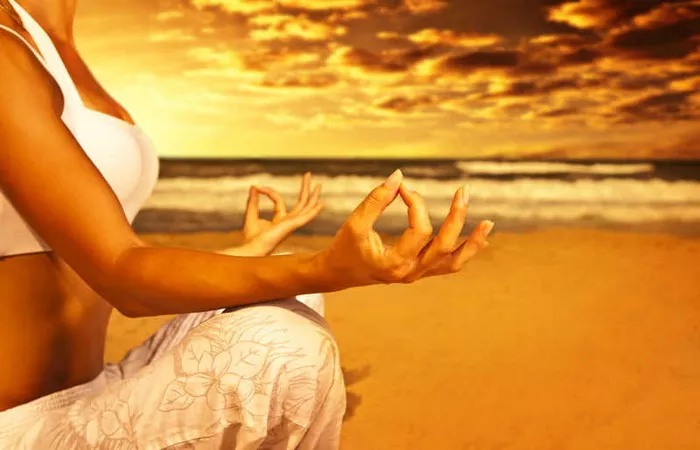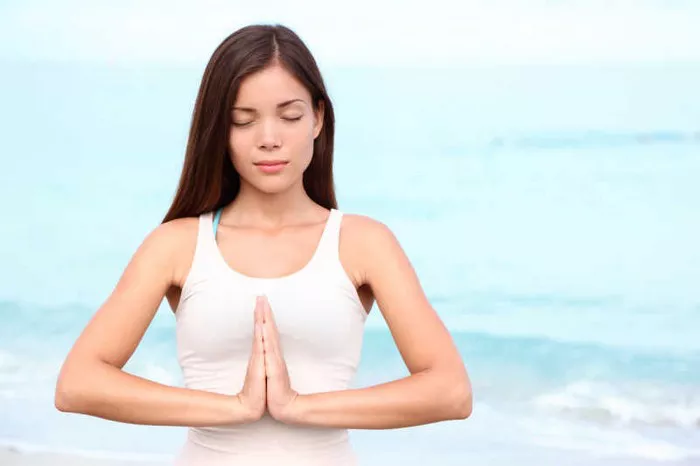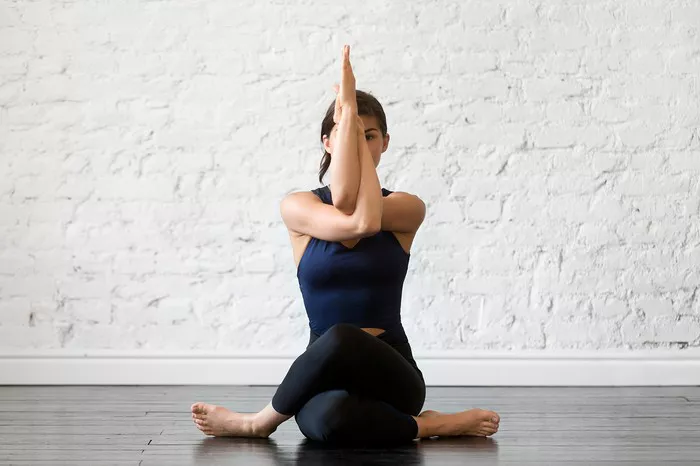The origins of yoga and meditation are deeply rooted in ancient history, tracing back thousands of years to the civilizations of the Indian subcontinent. Despite their widespread popularity and adoption in modern times, the precise beginnings of these practices remain shrouded in the mists of time. Through archaeological discoveries, ancient texts, and cultural traditions, scholars have pieced together a narrative that sheds light on the rich and complex history of yoga and meditation.
Early Beginnings: Proto-Yoga and Vedic Traditions
The origins of yoga can be traced back to the pre-Vedic era of ancient India, approximately 5,000 years ago. During this time, the inhabitants of the Indian subcontinent engaged in various spiritual and ascetic practices aimed at harmonizing the body, mind, and spirit. These proto-yogic practices likely involved ritualistic movements, breath control, and meditation techniques.
The Vedic period, which began around 1500 BCE, marked a significant development in the evolution of yoga and meditation. The Vedas, a collection of ancient scriptures, contain hymns, chants, and rituals that formed the basis of early Hinduism. Within the Vedas, there are references to ascetic practices, contemplative exercises, and the concept of inner exploration, laying the groundwork for the philosophical underpinnings of yoga and meditation.
The Upanishads and the Birth of Classical Yoga
The Upanishads, a group of philosophical texts written between 800 and 200 BCE, provided further elaboration on the spiritual concepts introduced in the Vedas. These texts explored the nature of reality, the self, and the universe, presenting a framework for understanding the deeper dimensions of existence. Among the themes discussed in the Upanishads were meditation, self-inquiry, and the quest for enlightenment.
It was during the period of the Upanishads that the classical form of yoga began to take shape. The earliest systematic exposition of yoga can be found in the Yoga Sutras of Patanjali, dated to around the 2nd century BCE. Patanjali’s Yoga Sutras outlined the eight limbs of yoga, which include ethical principles, physical postures, breath control, concentration, and meditation techniques. This text laid the foundation for what is now known as classical or Raja yoga, emphasizing the cultivation of mental discipline and self-awareness as a means of attaining spiritual liberation.
The Influence of Buddhism and Jainism
Around the same time that Patanjali was codifying the principles of yoga, the Indian subcontinent was witnessing the rise of two other major religious movements: Buddhism and Jainism. Both of these traditions incorporated meditation practices as central elements of their spiritual paths.
Siddhartha Gautama, the founder of Buddhism, is said to have achieved enlightenment through deep meditation under the Bodhi tree. The teachings of Buddhism emphasize mindfulness, compassion, and insight meditation as a means of transcending suffering and attaining liberation from the cycle of birth and death.
Jainism, another ancient Indian religion, also places a strong emphasis on meditation and asceticism. Jain practitioners engage in rigorous practices of self-discipline and inner purification in pursuit of spiritual enlightenment and liberation from the cycle of rebirth.
Tantra and the Esoteric Traditions
In addition to the classical forms of yoga outlined in texts like the Yoga Sutras, the Indian subcontinent also gave rise to more esoteric and mystical traditions known as Tantra. Tantra emerged as a distinct spiritual movement around the 5th century CE and encompassed a wide range of practices, including ritual worship, mantra recitation, and the use of esoteric symbols and diagrams known as yantras.
Tantric yoga, unlike its classical counterpart, embraced the world of the senses and sought to transmute mundane experiences into avenues for spiritual awakening. Tantra introduced the concept of Kundalini, the dormant spiritual energy believed to reside at the base of the spine, which could be awakened through various practices including breathwork, visualization, and meditation.
Spread and Evolution
Over the centuries, the practices of yoga and meditation continued to evolve and adapt as they spread across the Indian subcontinent and beyond. They were influenced by diverse cultural, religious, and philosophical currents, resulting in a rich tapestry of traditions and techniques.
The arrival of Buddhism in East Asia facilitated the transmission of meditation practices to countries such as China, Japan, Korea, and Tibet, where they merged with indigenous spiritual traditions to form unique syncretic systems. Similarly, the spread of Hinduism to Southeast Asia brought yoga and meditation to regions such as Indonesia, Cambodia, and Thailand, where they became integrated into local religious and cultural practices.
In the modern era, yoga and meditation have undergone a resurgence in popularity, fueled in part by the globalization of Eastern spiritual traditions and the growing interest in alternative forms of wellness and self-care. Today, millions of people around the world practice yoga and meditation in various forms, from the traditional disciplines passed down through centuries of lineage to contemporary adaptations tailored to the needs of the modern practitioner.
Conclusion
The origins of yoga and meditation are deeply intertwined with the cultural, religious, and philosophical currents of ancient India. From the proto-yogic practices of the pre-Vedic era to the sophisticated systems outlined in texts like the Yoga Sutras of Patanjali, these ancient disciplines have continued to evolve and adapt over thousands of years.
While the precise origins of yoga and meditation may remain shrouded in mystery, their enduring appeal and transformative potential are undeniable. As they continue to spread and evolve in the modern world, yoga and meditation serve as powerful tools for self-discovery, inner peace, and spiritual growth, carrying forward the wisdom of the ages into the challenges and opportunities of the present day.

















